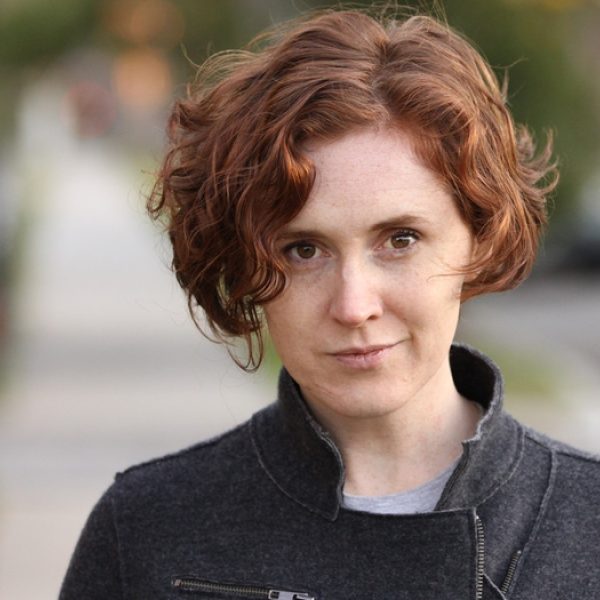The writer and artist tells us about her new book The Museum of Whales You Will Never See.

1) Tell us about The Museum of Whales You Will Never See
It’s maybe exactly what you’d expect from a philosophy major who kept studying abroad and then left a dreamy white-glove museum job to write essays because it was just dizzying to watch storytelling institutions be so blind to the stories they themselves were constantly creating.
2) Do the types of museum different countries have tell us something about their cultures?
Of course they reflect what is valued by a given populace—not just what museums hold onto and what gets exhibited, but differences in the use of text and how you move through a space—but the part that captivates me is how much they reveal about what we have in common. We reach for museums to grapple with fundamental, profoundly human concerns: the material world we love and the stories that help us survive.
3) Are you a collector yourself? You certainly appear to like collating and curating.
Oh, I have a taxonomist’s heart. Which is to say I love systems and structures and making connections and the edge cases that don’t neatly fit. But I’m not sure I identify as a collector. I hold on to postcards and letters, arcana and odd facts, obscure holidays and perfect anecdotes. In some sense, at this point, what I am is a collector of collectors.
4) How has the Covid pandemic affected or shaped your work?
I’ve been really moved to draw more. I’ve taken a particular interest in all the living things my friends brought into their households this spring. There’s something about attending so carefully to places I can’t be, witnessing the joy of people I love and can’t be near. Late summer into fall that’s shifting to the harvests, the backyard insects and birds, lately the volunteer plants in my neighborhood—melons and mushrooms and morning glories where their is absolutely no reason for them to appear.
5) Do you address the same interests and themes in your work as a visual artist as in your writing - or are they very different areas of enterprise?
You know, I believe that if we’re very lucky, we get to make enough work that at some point it becomes apparent how all the projects and practices we’ve engaged in were always expressions of some one thing. I don’t know that I’m exactly there yet, but it’s not strange that I started experimenting with imagery to support the essays, or that now there’s quite often an element of text or printing or binding in the visual work.